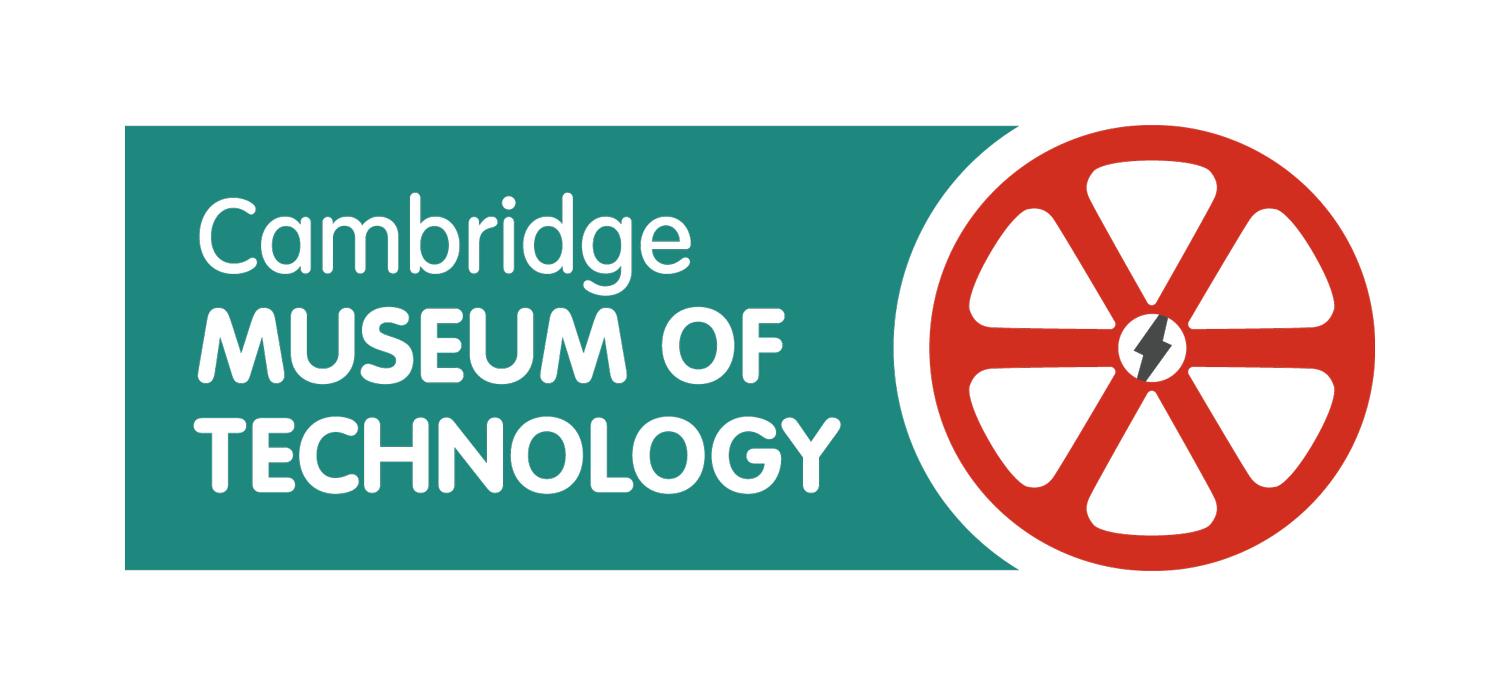Since the BBC’s television (TV) service in the UK started in 1936, TV technology has since evolved from monochrome-analogue into large-screen, ultra-high-definition, digital-colour TV systems.
To complement displays of television-broadcast and -receiver technology at the Pye Building in Cambridge Museum of Technology, Pye History Trust has published a three-part video series “How Television Works”:
How monochrome-analogue television works
How analogue-colour television works: optics and cameras
How analogue colour television works: the encoding and decoding process
Visit the technology featured in the videos
For dates of guided tours around the Pye Building by members of the Pye History Trust, check the Museum’s What’s On:
About the videos
Suitable for STEM students (physics, optics, electronics, engineering) and communications enthusiasts.
Produced by Dr Bob Bates and Mr Richard Ellis for Pye History Trust, 2022 under Creative Commons Licence: Attribution-NonCommercial-NoDerivatives 4.0 International (CC BY-NC-ND 4.0) to Cambridge Museum of Technology
Accessibility: in English (UK) with subtitles
Subscribe to Cambridge Museum of Technology’s YouTube channel for the latest videos produced by the Museum
Acknowledgements
Pye logo reproduced courtesy of Pye History Trust with permission of Koninklijke Philips N.V.
Subtitles: Jim Smith
Additional production for Cambridge Museum of Technology: Dr Gordon Davies.
Updated December 2022 with part 3 of the series.

